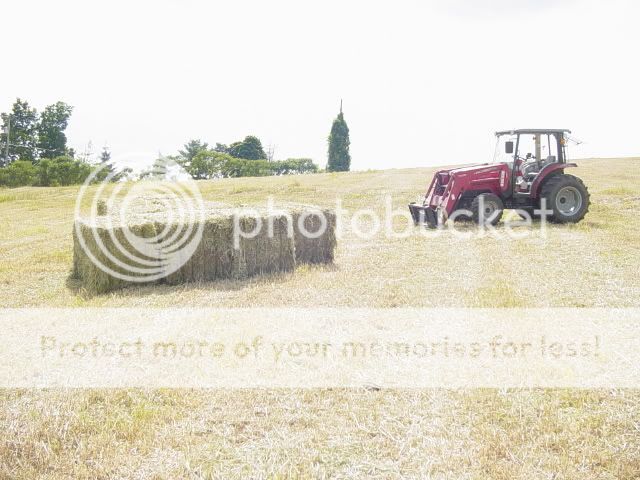Yeah, those would be ideal, and barring the discussion of CACL, like we have seen, which I've not had much trouble with at all in 10 years on this tractor, ole 850 ford, tire guy actually caused one to fail cause he did not install the tube right, or the valve was bad, I repaired it myself, repaired the rim too, he said it would be fine, some people are just lazy no good liars LOL ! I'd still opt for wheel weights if they could provide equivalent ballast.
One thing is for sure, and you have to know by now what you can lift and the terrain that allows it, these are little tractors, with just enough power to get into trouble if you push it.
I will say this, I have run all kinds of heavy equipment in the past and know the power and capacity, when I first got this old beast, I thought it was a joke, slow hydraulics, but sure in heck will lift a lot more than I thought, and I recognize that properly ballasted, like mine is, its really quite stable on the flat, and a tolerates a little slope, the loader keeps the front down and the weight on the back keeps the front from tipping, any of the utility size tractors similar in size to an 850, say with a loader and rear weight, loaded tires, is really a darned handy machine to have.
I have loaded an awful lot of hay from the rolling hills we have around here, and with large tractors, and smaller utility size ones, you get the feel for what to do, what not to do, sometimes I will lift em slightly, and skid em to flatter ground, never came close to lifting a rear wheel, and some of those bales were those big dense square bales, like below.
As you know with no r.o.p.s and or seatbelt, though maybe you have that tucked in the cab, just not a pleasant thought if you turn over, even then, still scares the heck out of me, some of the fields here, will provide well beyond the pucker factor, when planting with my farmer friend, I followed his tracks or how he went along the fields, and some of them I plain flat out stopped first and asked, him, last thing I want to do is flip one of these big expensive tractors, never even came close, spray outfit calls his ground "goat country" !
Photos may not do the hills justice but trust me, this ground is nothing close to flat !





